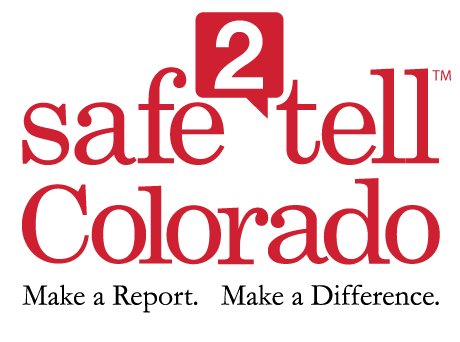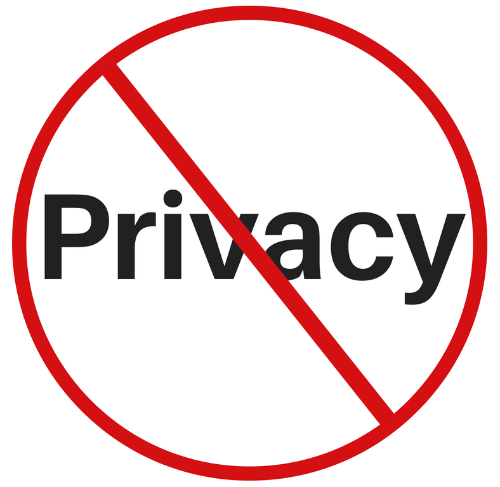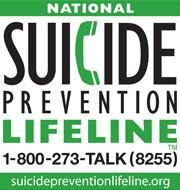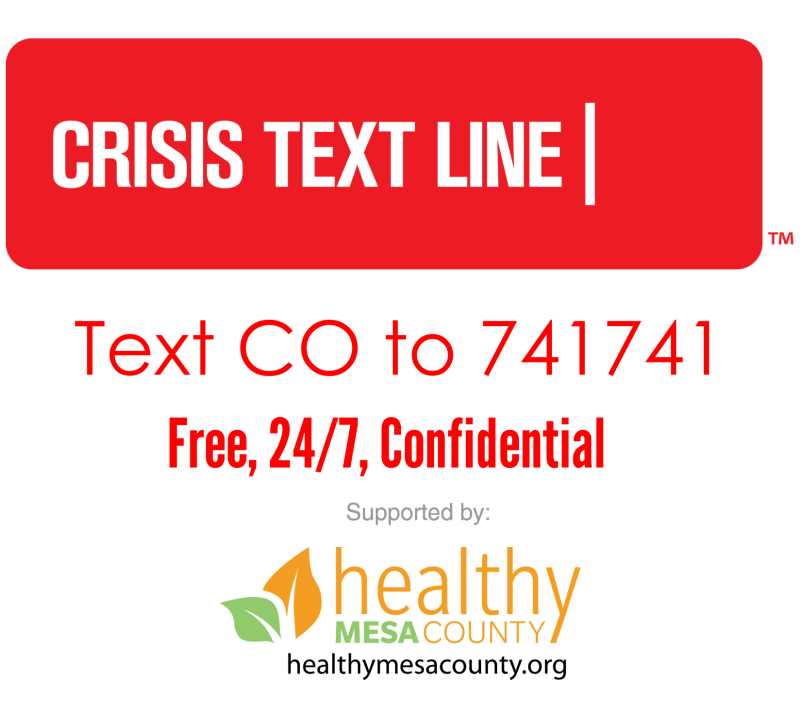Resources for Parents

See something? Say something!
Safe2Tell is a way for students and communities to report any concerns about themselves or others.
- Calls and web tips are monitored 24/7/365.
- All information is anonymous, confidential, and taken seriously.
- School staff analyze each report and take appropriate action.
To make a report to Safe2Tell:
- Call 1-877-542-7233
- Submit a report online at the safe2tell Colorado website.
- Download the Safe2Tell mobile app on the App Store or Google Play.
If you have an emergency or need to report a crime, please call 911.
Bullying or drama?
Bullying is a problem, and it has to stop
Learn the difference between bullying and mean behavior or peer conflict, find out where to get help, and what you can do to end bullying.
Drama is an everyday difficulty that all teens face
- There are no victims and no aggressors.
- They are part of the social world where mean things occasionally happen.
- It is the right of childhood passage that teaches kids to deal with social problems.
Bullying is a behavior characterized by the following:
- Repeated pattern of harassment or harmful behavior by the aggressor towards the victim.
- Typically involves a power imbalance, leading to the behavior continuing over a period of time.
- It is serious, which, if left unchecked, can lead to severe short-term or long-term implications for both victims and perpetrators.
Information provided by SecureTeen.com.
Bullying vs. drama resources
- Visit the "Bullying or Drama? Why knowing the difference matters" page on the SecureTeen website.
- Dealing with a Bully? This guide teaches how law enforcement can help.
- Get the facts about bullying, and learn what you can do to stop it by visiting the StopBullying website.
Are your kids on social media?
If they have access to the internet, the answer is yes!
Communication is key
- Using the internet and social media should be a two-way dialog between parents and kids.
- Sit down with your child and ask which apps they use.
- You can have them teach you how the apps work!
- Think about joining their network and becoming their "friend" on the apps they're using.
Also, ask if they have experienced issues like cyberbullying or contact from strangers while using social media.
Remind them nothing is PRIVATE, no matter how high your privacy settings are; someone can always see it if you post it.
Tips
- Kids may be reluctant to tell parents about any issues or problems they are experiencing if their devices could be taken away.
- Create an environment where kids feel comfortable coming forward without worrying about consequences.
Resources
- TikTok: What Parents Need to Know via the Internet Service Providers website
- A complete guide to Potentially Dangerous Apps for kids via the Family Education website
Internet safety
The online community can be a fantastic way to meet friends and connect. We must make those connections while staying safe and true to ourselves.
Before sharing comments, pictures, or videos, ask yourself, “Would I do or say this in person or real life?”
- If you do things online you aren’t ready to do in person, what happens when you meet in real life?
- What impact will your behavior have on others and your future?
- Do the things you "like," "share," and post really represent you?
Digital footprint – nothing is private!
- What if they save or screenshot the image or video?
- What happens to that video if the friendship or relationship ends?
- What if others at school or your family see it?
- Could the pictures be used against you?
- Are they focused more on receiving pictures of you than getting to know you?
Would you be thinking about meeting in person?
- Just like meeting someone at school or the mall, your parents should also meet your online friends.
- Introduce your parents through the same video app you use to speak with your friends
- Show your parents there’s nothing to worry about.
- Include your parents in the decision to meet them in real life.
Beware of creepers and scammers!!
- Never send money!
- Scammers prey on people of all ages!
- They pretend to “LOVE” you, then ask you to send them money with the promise of a relationship!
- If it would be creepy in real life, you should also think it’s creepy online.
- Wouldn’t it be creepy for someone you just met to expose themselves to you or ask you to expose yourself to them?
- Wouldn’t it be weird for an adult to search for a date at a high school or middle school?
Community Resources for Parents on Internet Safety
MCSO - Resources for Parents - Sexting - How to Talk to Your Kids (English)
Resources for Parents - Sexto Consejos para Padres y Jovenes (Espanol)
Suicide prevention
Are you concerned that someone you know may be at risk for suicide?
Your first step in helping may be as simple as learning the FACTS and warning signs.
The following signs may mean that a youth is at risk for suicide, particularly if that person attempted suicide in the past.
Feelings
Expressing hopelessness about the future.
Actions
Displaying severe/overwhelming pain or distress.
Changes
Showing worrisome behavioral cues or marked changes in behavior, including withdrawal from friends or changes in social activities; anger or hostility; or changes in sleep.
Threats
Talking about, writing about, or making plans for suicide.
Situations
Experiencing stressful situations including those that involve loss, change, create personal humiliation, or involve getting into trouble at home, in school, or with the law. These kinds of situations can serve as triggers for suicide.
If you notice any of these warning signs, you can help!
- Express your concern about what you are observing in their behavior.
- Ask directly about suicide.
- Encourage them to call the National Suicide Prevention Lifeline at 988 or 800-273-TALK (8255)
- Involve an adult they trust.
- Remember, if you have an IMMEDIATE concern about someone’s safety, call 911 immediately!
Learn more by visiting the Society for the prevention of teen suicide (spots) Website.
Text the CRISIS Text Line
- Text CO to 741741
- Confidential
- Free 24 hours/7 days a week
Or visit the Suicide Prevention page on the Public Health website.






